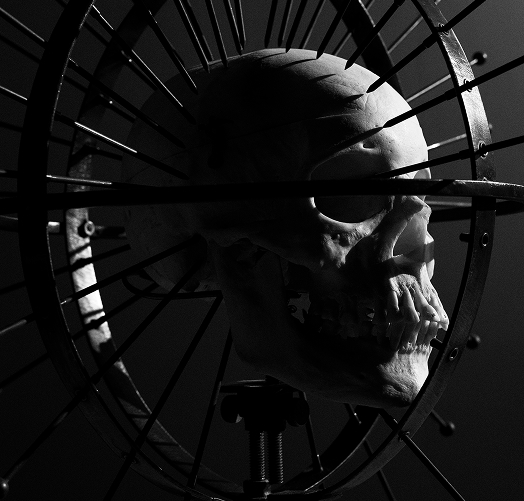The facelift has evolved significantly since it was first performed over 100 years ago. The first facelift procedures were simple operations removing of a small piece of skin in front of the ear and then pulling the skin back. This was a novel and exciting idea at the time. The first facelift technique gave people options they never had before to combat the effect of gravity on the soft tissue of the face.
Innovators in the field, however, saw shortcomings with that procedure. The procedure did not drape the skin of the face in a natural way and it did not reposition the sagging tissue of the cheek or jowl. Therefore, additional lifting and re-draping of the skin around the face and neck were introduced in order to make the facelift and necklift procedure more effective. This became the “standard” facelift and necklift operation for the next 50 years. Many surgeons currently still use this technique.
This procedure evolved again in the 1980s to improve upon the necklift and facelift procedures we had at the time. Because skin is an elastic structure, it serves better as a cover for the deeper layers rather than as a structural element. French Surgeons who used deeper layers of the face to reposition sagging tissue led the philosophical shift to approaching this procedure in this manner. Facial structure and shape is now a much more importation issue than skin.
Skin now plays a secondary role to the deep layers of the face. Skin is re-draped gently to cover what we do underneath. In addition, we no longer need to pull tightly on skin because the important part of the operation is the repositioning of sagging cheeks, jowls and neck skin. Necklifts have similarly evolved over time. The necklift no longer uses the skin to reposition the sagging neck. A modern necklift in our practice now focuses on deeper structures to allow the contouring and tightening of the neck.
Fat grafting, which we have written about before, has been the largest advance in treating the aging face since the advances of the deep layer facelift and necklift. Fat grafting has allowed us to contour and finesse our results in cases where we could not otherwise get such a nice result.
For more information, or to make an appointment with Dr. Deschamps-Braly, please contact our San Francisco office +1.415.624.3922.
Categories:
- Craniofacial
- DLM FAQ
- Facial Feminization Surgery
- Facial Implants
- Facial Masculinization Surgery
- Injectables
- Jaw Surgery
- Non-Surgical
- Nose
- Office News
- Plastic Surgery
About Deschamp- Braly Clinic:
We are privileged to be a part of a journey where the destination is a place that brings you a renewed sense of happiness. We are here to give you our very best. Most importantly, we are here to share in your sense of relief and joy as the dressings are removed.









